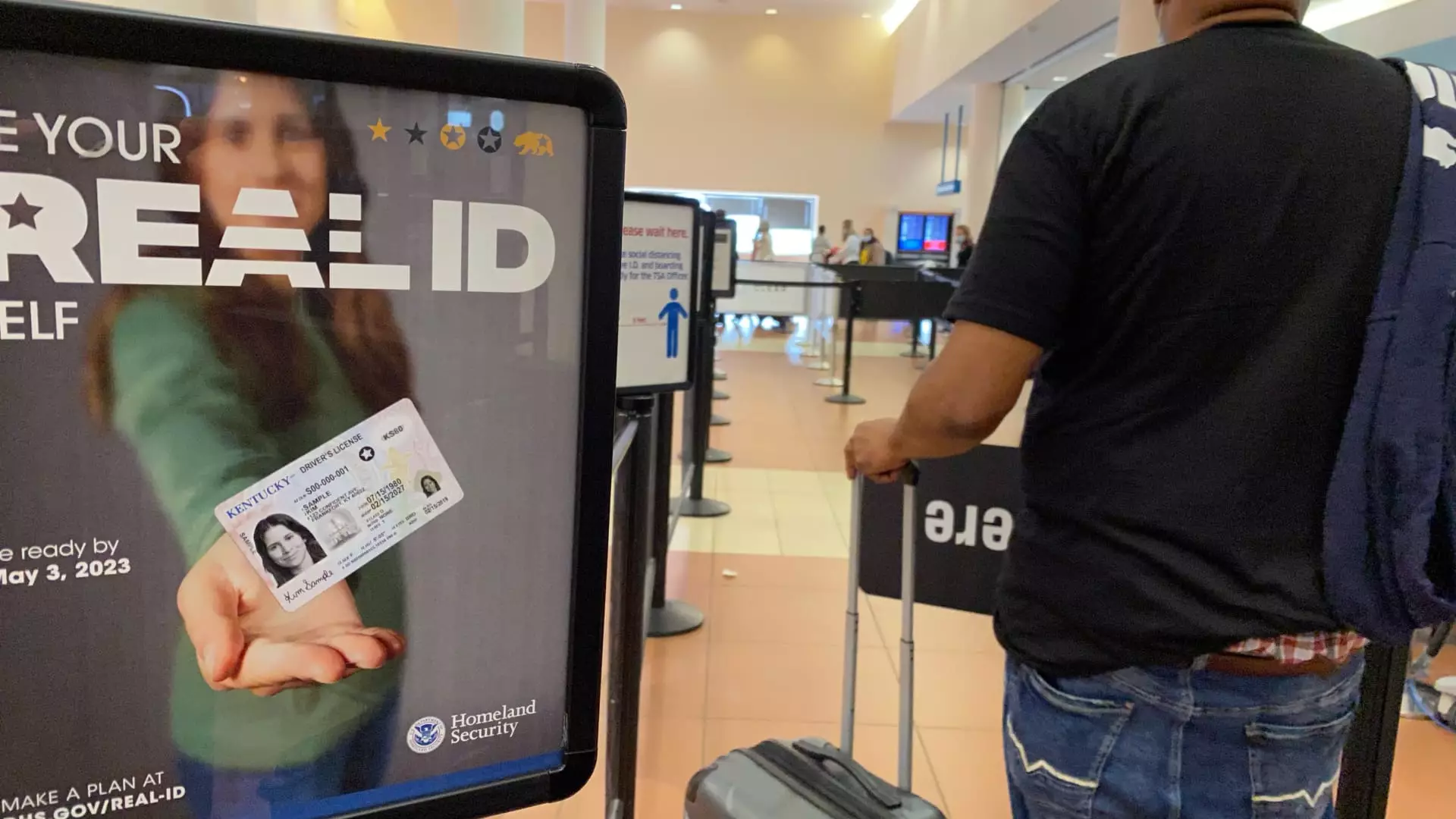The clock is ticking for American travelers as the long-anticipated enforcement of Real ID requirements is set to commence on May 7. This initiative demands that individuals possess a federally compliant form of identification—a Real ID, passport, or another accepted form of ID—to board domestic flights. While the Transportation Security Administration (TSA) presents this as a necessary step towards security, there are underlying complexities surrounding its implementation that not only threaten to disrupt travel plans but might also expose larger flaws in our bureaucratic systems. Though the TSA claims that 81% of travelers already have the requisite ID, the remaining population will soon find themselves in a lurch—especially as deadlines loom and confusion brews.
The Growing Chaos at DMV Centers
One of the pressing issues stemming from this new requirement is the overwhelming burden on Department of Motor Vehicles (DMVs) across the nation. As federal and state officials urge travelers to secure their Real IDs, appointment availability has hit an alarming low. Many motor vehicle agencies were already known for long wait times, and with an influx of last-minute applications, the situation is poised to become untenable. Individuals may find themselves navigating the bureaucracy only to see their travel dreams dashed due to a lack of proper identification. Why, in an age of technological advancement, must citizens endure such outdated service models? The fear of being stranded at an airport due to an oversight or delayed application is a brand of chaos that no one should have to endure.
Myths and Misconceptions
Adding to the conundrum is the misinformation circulating about the Real ID Act itself. Initially, the Act was designed to enhance security in the wake of the tragic events of September 11, 2001. Yet, the inconsistent application over the years—marked by numerous postponements—leaves many questioning its efficacy. The public has largely been bombarded with promotional banners and QR codes regarding Real ID, yet there remains a significant gap in public understanding. Not every state has adopted the same processes or timelines, and not every traveler is aware of what exactly qualifies as “acceptable identification.” In our digitally connected world, one would expect a more streamlined communication strategy. Instead, chaos reigns—creating unnecessary stress at our airports.
Are Alternatives a Band-Aid Solution?
For those unable or unwilling to obtain a Real ID before the deadline, the TSA lists alternatives like a passport or a permanent resident card. While this may sound like a convenient workaround, it fundamentally reflects a deeper problem. The government should be simplifying, not complicating, the travel experience. For instance, the idea that one might need a passport for a domestic flight—a document often reserved for international travel—creates an additional hurdle for time-strapped individuals and families. The rhetoric of convenience is severely undermined by these backdoor complexities that employers and families face in an increasingly fast-paced society.
The bureaucratic juggernaut
The concept of federal identification should naturally imply oversight and organization; however, the reality is quite the opposite. The TSA claims that identity verification is crucial for ensuring safety, yet the convoluted processes foster confusion and delays that could ironically compromise security, as harried travelers rush through checkpoints. Real ID, designed for clarity, instead embodies a convoluted nightmare—one that heightens anxiety rather than alleviates it.
Amid this supposed crusade for safety, we must ask ourselves: Is the Real ID initiative bolstering our freedom to travel, or is it creating arbitrary barriers that threaten our autonomy? For many, the chase for a simple trip may soon become a maddening endeavor that extends far beyond security checkpoints. As this new regulation draws nearer, it is imperative to confront the nuances not just of documentation, but of the broader implications for civil liberties and individual rights.
The Real ID requirement has the potential to reshape the essence of American travel, and it would be wise for every traveler, along with policymakers, to engage critically with the real ramifications of such mandates. We are left questioning whether convenience has morphed into bureaucratic oversight that serves the system rather than the individual.


Leave a Reply